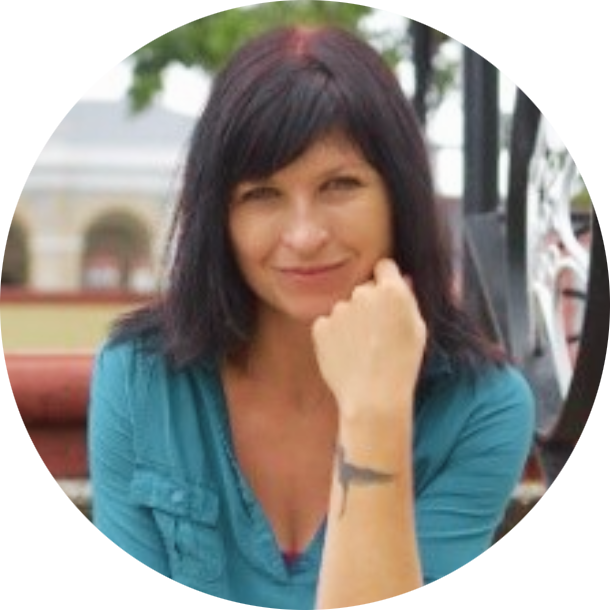Rapso
Spoken Word and The Rhythm of the Drum


Several artists in calypso and soca music today compose their lyrics and perform in that style, typically using chanting and sometimes the typical fast lyrics. Black Stalin used these techniques in some sections of his song „Revolution Time“. David Rudder composed several of his songs in the rapso style including „Another Day in Paradise“ (1995) and „The Madman's Rant“ (1996).

TT MUSIC LIBRARY - VIRTUAL MUSIC ARCHIVE | JUKEBOX TT
Note: This article is a "work in progress". With every visit, more content will be added. Get in touch, if you have something to share.
Jocelyne Guibault (2007): Governing Sound – The cultural politics of Trinidad’s Carnival Music
University of Chicago, Ian Randle Publishers
Gerard Besson (2011): Calypso, Calypso Music
http://caribbeanhistoryarchives.blogspot.com/2011/10/calypso-calypso-music.html
BBC (2017): The surprising politics of Calypso
http:// www.bbc.com/culture/story/20171010-the-surprising-politics-of-calypso
Ronald C. Emrit: Calypso History
http:// www.bestoftrinidad.com/calypso.html
Calypsoworld.org: Calypso in Trinidad – Carnival and Musical Traditions
(offline nowadays)
Are you amazed by this project?
Show your support
Choose a category
Learn about other music genres
Virtual Walk Through Time
See Highlights on the Timeline











